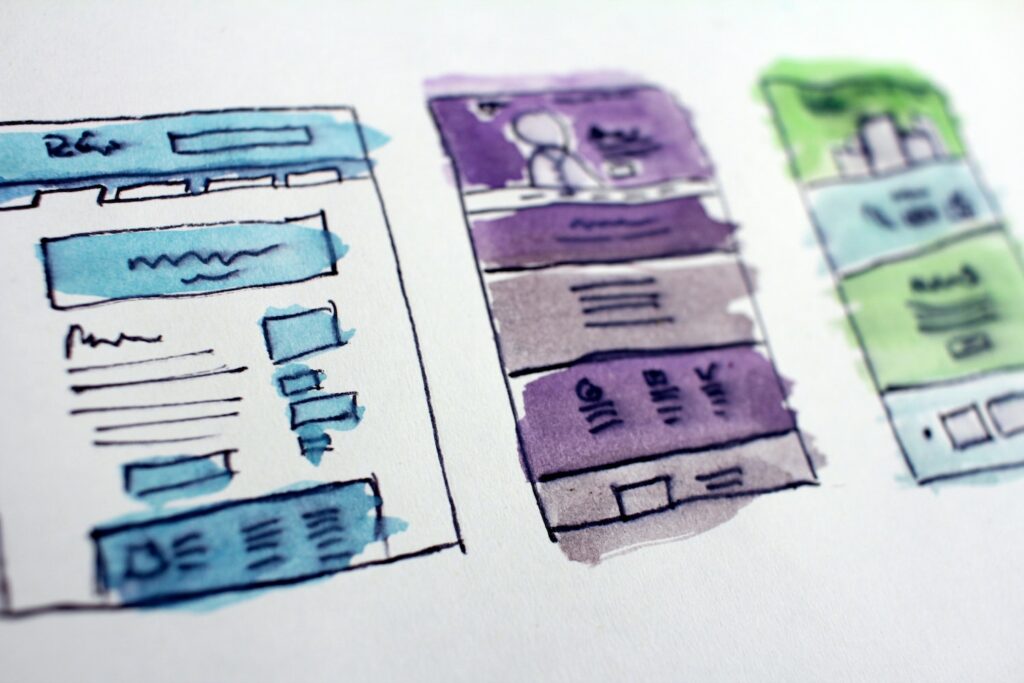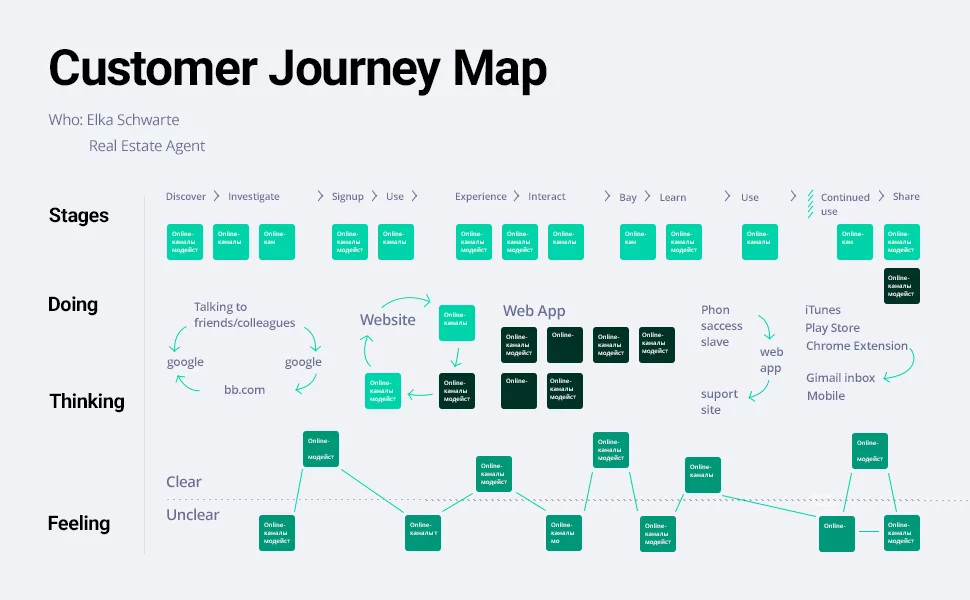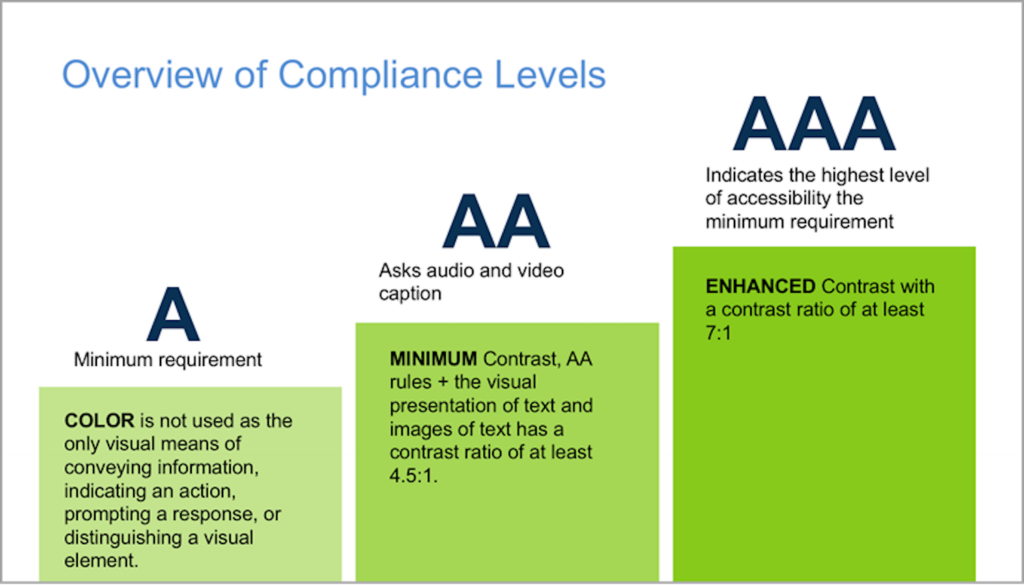
Businesses don’t always have the resources to hire their own software development team. In such cases, outsourcing IT companies take over the development of individual software solutions. We will tell you how to find such partners and entrust them with your project.
When is outsourcing necessary?
When a businessman has a project idea but no “hands” for its implementation, they turn to out-of-staff IT professionals for help. This may happen in the following cases:
- If a company does not specialize in software development, it is unprofitable for it to build an IT department from scratch in terms of time and money. Business owners are handling this job over to more experienced IT partners like Andersen providing outsourced IT support.
- If a company needs to enter the market faster. Outsourcing software development companies can offer experienced specialists upon customer request. If an entrepreneur tries to solve the problems of finding, hiring, and training employees on their own, this can significantly delay the implementation of a project. If you wish to make yourself known faster and beat competitors in time, every day counts.
- If it is vital to save the budget. Rates of in-house specialists are usually higher than those of developers from offshore outsourcing software development companies. Third-party vendors have their own libraries, out-of-the-box solutions, and a robust IT infrastructure that speeds up development and saves time and money. In addition, ordering software from a third-party company frees the customer from organizational costs for renting a room, utility costs, and so on.
- If there are no dedicated experts on the staff. Some projects require knowledge of rare technologies that staff members do not possess (artificial intelligence, machine learning, augmented reality, DevOps, and so on). If your company does not need such experts permanently, order a product from an outsourcing software development company.
Why is it more profitable to outsource a software development project?
Today, outsourcing is becoming a common practice that helps companies to concentrate on business goals, solve performance problems, improve service quality, and obtain maximum profit.
- With outsourcing, you can find professionals in any country for a smaller amount. Sometimes the benefit reaches 40-60% since hourly rates of developers in different locations can differ dozens of times.
- Outsourcing makes it easier to introduce new technologies and implement solutions that are beyond the capabilities of full-time employees. Thus, you don’t have to waste time on training new staff members. You can involve an experienced IT specialist from another country in a distributed team.
- Outsourcing software development companies have experience in managing projects from start to finish, which takes the burden off customers and allows them to focus on business value. If there is a strict deadline, an IT service provider can schedule work and choose the staff to carry out everything on time without sacrificing software quality.
Popular outsourcing models
Traditionally, businesses opt for outsourcing to hire an entire software management team or individual specialists. There are three models of custom software development:
- Project-based outsourcing. The bottom line is that an external team leads a project completely, from the beginning to the end, guided by the requirements, budget, and deadlines provided to it. The customer can partially participate in the creation of an application and supervise the progress of work.
- Dedicated team. A client contacts a third-party supplier to hire individual experts needed for their project. The customer develops software on their own, but they may not have narrow specialists or advanced professionals. Thus, they don’t have to search and hire an expert for one year. It is more convenient to opt for outsourcing.
- Staff augmentation. A provider offers a customer a special team (developers, designers, testers, project managers, and so on), while the client takes responsibility for the main processes. That is, this company pays for office rent, software licenses, equipment and utilities, employee training, and benefits. The client manages the software development project and distributes responsibilities within the team.
Being aware of the business problems to be solved, an entrepreneur will choose the appropriate outsourcing model.
Things to consider before outsourcing a project
Before handing over your custom software development project, you need to determine several points.
If you have your specialists, check out how busy they are and whether they specialize in the technologies needed to implement your project.
If you are planning to outsource development to a third-party vendor, calculate the project budget. As a rule, the benefit from cooperation with IT outsourcing companies reaches 25-60%. Therefore, it is quite possible to find foreign specialists with different budgets. But keep in mind that it is not always possible to get the best quality for a lower cost.
Custom software development is not a magic solution for every project. It will be successful if both a customer and its IT partner are deeply involved in the joint work and respect each others’ needs.

Steps to take when outsourcing a project
Step 1. Determine your project goals and objectives.
A project without a goal is bound to fail. You cannot effectively monitor its success, effectiveness, and completion if you don’t understand what you are implementing. You must understand the purpose of the project, its users, and its competitors. This way you can protect yourself from bad decisions, obscure characteristics, performance, and unrealized business values.
Step 2. Choose a location for outsourcing
The global outsourcing market is divided into Western and Eastern Europe, the USA, and Asia. In these regions, there is a significant discrepancy in the rates of specialists: from 25 to 100 dollars per hour. The cheapest development can be offered by Ukraine, Poland, and other countries in Eastern Europe.
Step 3. Narrow your search by choosing an outsourcing software development company
The search for partners should start with studying the top IT software developers in the region. You can easily find them in rankings made by Clutch, GoodFirms, Awwwards, and others. For an initial acquaintance, you can study a company’s website to get an idea of ????its experience, implemented projects, tech stack, etc.
Step 4. Contact the companies you have chosen.
If the customer has found several companies and does not know which one to choose, they should see if any of them worked on similar projects. This will speed up the development process, as the firm will be able to offer specialists who are familiar with the required technologies.
During the initial contact with an IT provider, you should clarify a number of issues on the project cost, the necessary specialists and their competencies, the pricing model, development methodology, and so on, and agree on a joint meeting to discuss important issues. Choose an IT outsourcing company with a clear and transparent approach to cooperation. Thus, you will get a partner seeing eye to eye with you. Such a provider will be committed to the final result which is high-quality software.

Step 5. Recruit a project team
Depending on the goals of a project, its scope, and timing, an IT outsourcing company will offer several working resources capable of fulfilling all customer requirements. Typically, a project team consists of a Business Analyst, a Project Manager, several developers, and testers. The project may also involve IT architects, DevOps engineers, cybersecurity experts, automated testers, and so on.
All these issues are discussed with the customer within the framework of the pricing model and budget, which are previously agreed upon. The client can hire both the entire team of an IT outsourcing company and specific specialists that they lack in their own staff or a distributed team.
The agreements reached are reflected in the following documents: SLA, SRS, KPI, NDA, etc.
Conclusion
You’ll understand if you can successfully outsource software development to a third-party vendor only after carefully studying the needs of your company, its budget, and other issues that are important to your business. The very fact that this format of work is cheaper than in-house development speaks in its favor. And this is not the only advantage of custom software development.
The post Secrets of Successful Software Development Outsourcing? appeared first on noupe.




